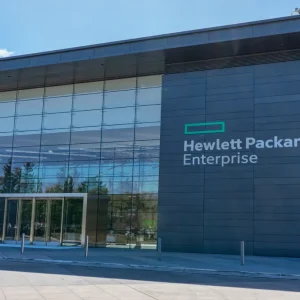
Lyft has been spending millions of dollars to attract as many as customers and compete with the likes of Uber.
The spending includes free discount giveaways, $50 Lyft ride vouchers and also giant billboards at prominent places and bus stops.
In a bid to retain its customer base, Lyft is offering weekday discounts and half-off rates in cities such as Atlanta, Chicago, Miami and other cities.
With recent venture capital investment of $1bn, Lyft is able to spend on these promotions, but has promised investors to limit the losses to $50m per month.
Uber, on the other hand has also promised its shareholders and employees that it would be profitable in the second quarter of 2016 in North America.
Bloomberg reports that Uber earned an average profitability of 19 cents per ride in the US.
On each ride, Uber gets about 25% of the fare which is spent on credit card processing fees, customer support, marketing, software development, and antifraud efforts among others. This does not include taxes, interest and compensation for employees.
Lyft is not just expanding in North America, it is also expanding in Asia where Uber is trying to establish itself.
In China, for example, the biggest rival for Uber, Didi Kuaidi has collaborated with Lyft to capture the Chinese market.
According to some accounts, Uber has a 30% market share and Didi Kuaidi claims that it has 80% market share.
In India, Uber has a tough competition from home-grown ride hailing service Ola Cabs.
Vanity Fair News reports that Uber is now focused more on increasing profitability and to increase market share overseas, Lyft is seeing this as an opportunity to increase its market share in US.
Lyft president John Zimmer said: "From everything I’m looking at, we’re gaining share in all top 20 markets, which is where 80 percent to 90 percent of rides happen.
"This continues to prove what we said all along, which is once you hit a certain level of scale, it’s a natural duopoly."






